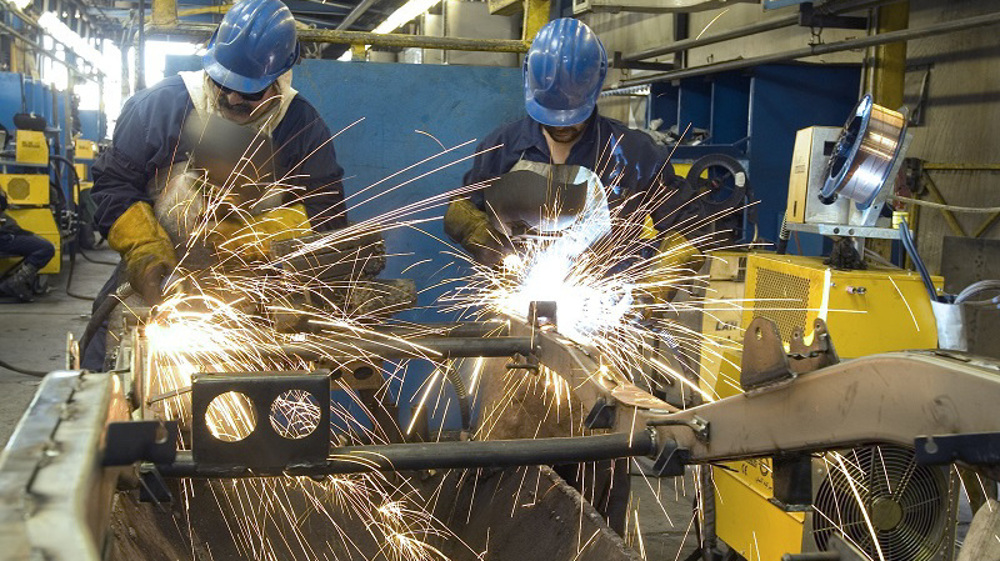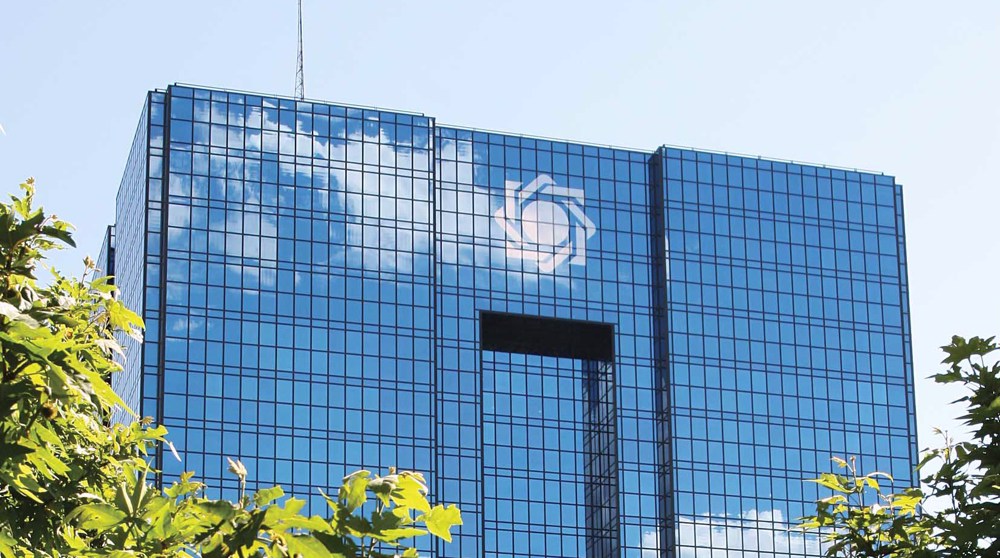Iran forex reserves 'in best condition': Central bank
Central Bank Governor Abdoldnaser Hemmati says Iran’s foreign exchange reserves have risen in the face of US sanctions which aim to deplete them.
“The foreign exchange reserves of the country are in the best condition. Not only have they not been lost but they have also rapidly grown,” he said Tuesday at an annual meeting of the central bank in Tehran.
Iran’s currency has tanked over the past year, driven in part by a return of US sanctions after President Donald Trump decided to abandon an international nuclear agreement with Tehran.
Hemmati described the situation as hard but said measures taken so far had forestalled a further deterioration where people’s life savings have been wiped out and prices have shot through the roof.
“We were able to take appropriate measures in a difficult situation and to prevent the deterioration of the situation,” he said, adding “We are ready to take even better decisions.”
Hemmati replaced Valiollah Seif as governor of the central bank in July after the rial’s collapse to a record low of 190,000 to the dollar disrupted Iran’s foreign trade and helped boost annual inflation fourfold to nearly 40 percent.

“Seven months ago, when I took over the central bank, the dollar’s rate was 116,000 rials. But after the implementation of two rounds of the harshest sanctions in August and November, our foresight and resistance has landed us where the free market rate has grown only 10-12 percent,” Hemmati said.
“Trump had said that he would destroy Iran's money and cripple the Iranian economy, but despite all the pressure, we were able to create relative stability so that liquidity did not grow over the past few months,” he added.
Hemmati said the central bank was at the forefront of a confrontation with the enemy whose “psychological war” was having an impact on the foreign exchange market from time to time.
“The currency rates, however, have returned (to normal levels) because we have managed to balance economic flows,” he said.
US assistant secretary for terrorist financing at the Treasury Marshall Billingslea in September touched on the value of the Iranian rial, boasting that Washington’s efforts “are already generating results”.
“We have never seen a precipitous drop like this in the history of our sanctions programs on Iran. The Iranian rial is now trading somewhere around 140,000 to the dollar. It’s lost more than two-thirds of its value,” he told a congressional hearing.
President Hassan Rouhani said Tuesday the government’s main task for the new year is to rein in inflation and prop up the national currency.
Historically, Iran’s economy is saddled with high inflation because of its reliance on oil revenues which are extremely vulnerable to market fluctuations.
That became evident when a flush of oil revenues of up to $700 billion during the tenure of former President Mahmoud Ahmadinejad spawned an inflation rate of about 40 percent.
As a result, not only did the unprecedented oil income not improve the living situation of most Iranians, but it also reduced many families to penury.
According to Kamran Naderi, a professor of economics at Imam Sadeq University, internal weaknesses combined with annoying US sanctions on Iran make for a perfect storm.
“If these weaknesses did not exist, the sanctions would never be so much effective,” he told Tasnim news agency.
Rouhani said Iranian banks were behind the dramatic liquidity bulge, adding several military banks would “merge into one bank soon”.
“I hope the merger will be done by the end of the year (on March 21),” Rouhani said, adding the decision has been approved and the related acts submitted to the central bank for implementation.
Iran decries Israeli aggression on Syria as ‘war crime’
Iran's letters slam UN inaction on Israeli crimes against its citizens
VIDEO | Press TV's news headlines
VIDEO | Yemeni protesters call for military mobilization against Israel
VIDEO | Art festival honors Martyr Tehrani Moqadam’s legacy
Borrell urges sanctions on Israel for war crimes
VIDEO | Top Iranian delegation in Beirut for talks
UN calls on Israel to allow unrestricted access to Gaza to deliver aid











 This makes it easy to access the Press TV website
This makes it easy to access the Press TV website